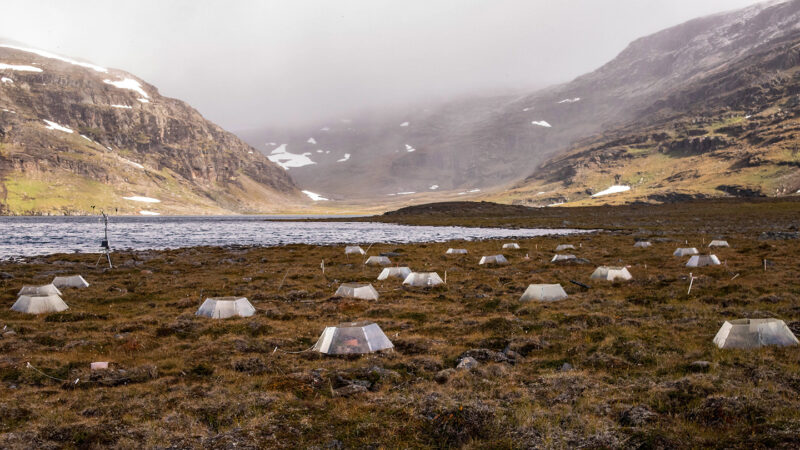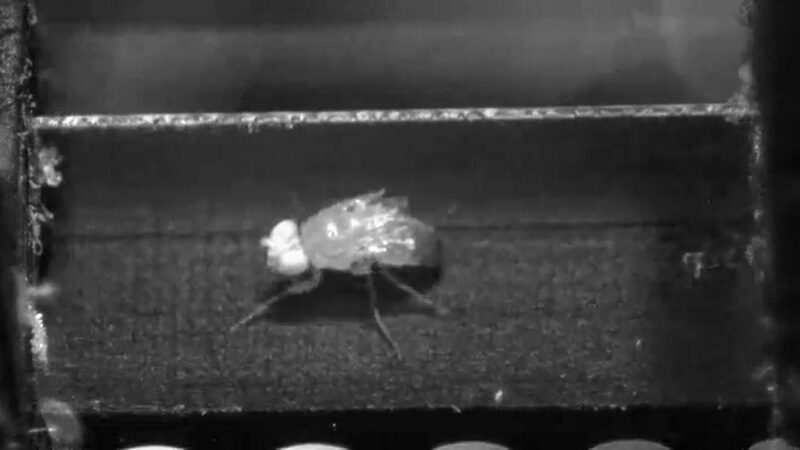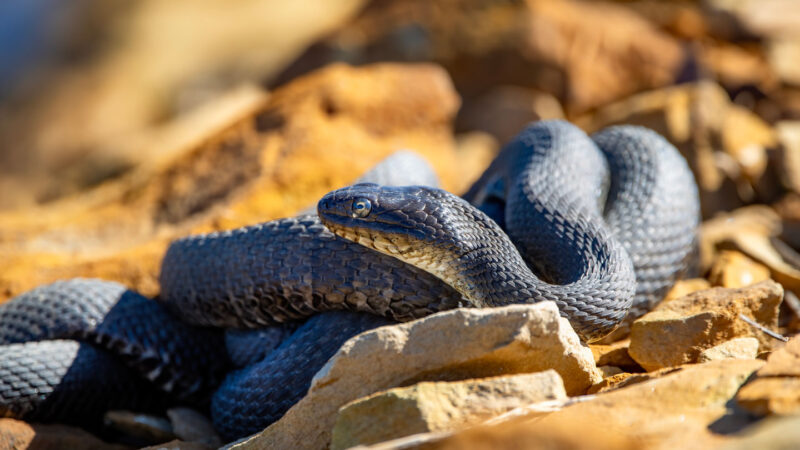
Just how brainy was a T. rex?
How brainy was Tyrannosaurus rex? It depends on who you ask. Last year, the iconic dinosaur received the glow up of a lifetime. Neuroscientist Suzana Herculano-Houzel calculated that the fearsome reptile had 3.3 billion neurons — nerve cells — in just one part of the front of its brain. The discovery seemed to put the…


























